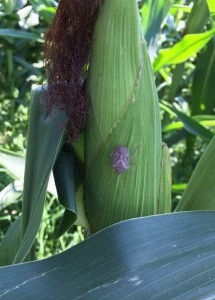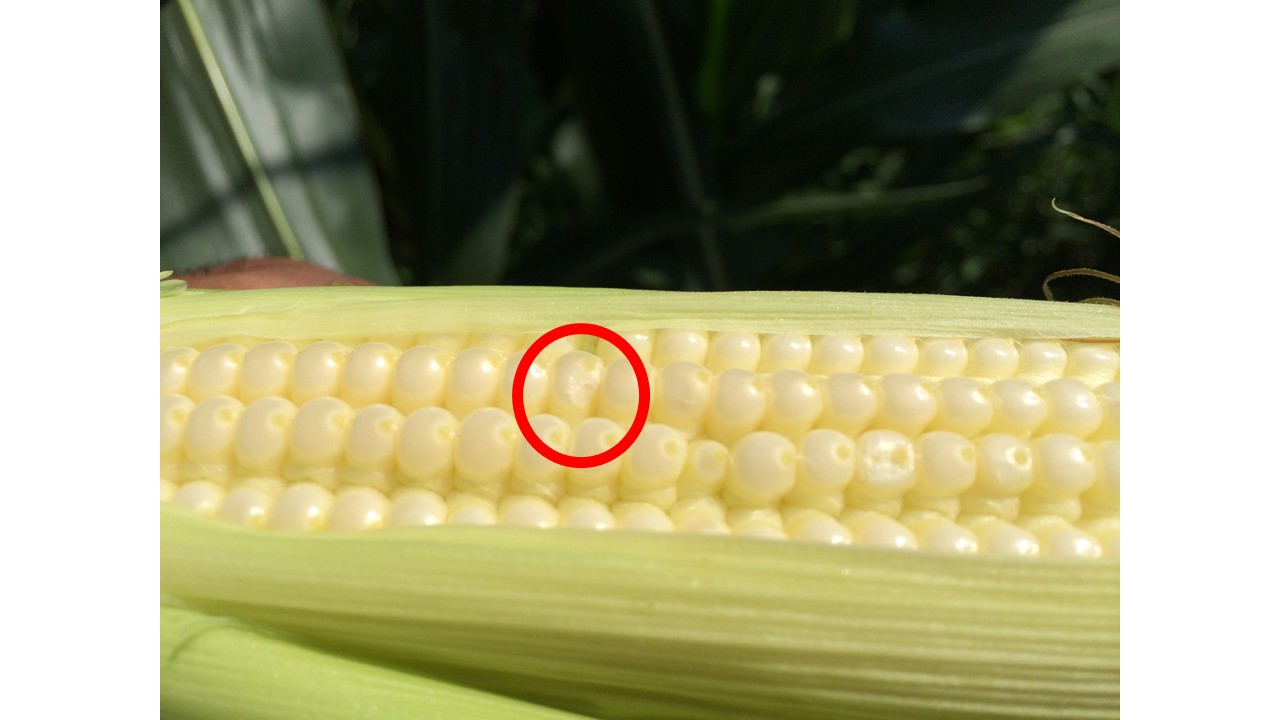Don’t Tank Mix an Insecticide Over Tasseled Corn
go.ncsu.edu/readext?306477
en Español / em Português
El inglés es el idioma de control de esta página. En la medida en que haya algún conflicto entre la traducción al inglés y la traducción, el inglés prevalece.
Al hacer clic en el enlace de traducción se activa un servicio de traducción gratuito para convertir la página al español. Al igual que con cualquier traducción por Internet, la conversión no es sensible al contexto y puede que no traduzca el texto en su significado original. NC State Extension no garantiza la exactitud del texto traducido. Por favor, tenga en cuenta que algunas aplicaciones y/o servicios pueden no funcionar como se espera cuando se traducen.
Português
Inglês é o idioma de controle desta página. Na medida que haja algum conflito entre o texto original em Inglês e a tradução, o Inglês prevalece.
Ao clicar no link de tradução, um serviço gratuito de tradução será ativado para converter a página para o Português. Como em qualquer tradução pela internet, a conversão não é sensivel ao contexto e pode não ocorrer a tradução para o significado orginal. O serviço de Extensão da Carolina do Norte (NC State Extension) não garante a exatidão do texto traduzido. Por favor, observe que algumas funções ou serviços podem não funcionar como esperado após a tradução.
English
English is the controlling language of this page. To the extent there is any conflict between the English text and the translation, English controls.
Clicking on the translation link activates a free translation service to convert the page to Spanish. As with any Internet translation, the conversion is not context-sensitive and may not translate the text to its original meaning. NC State Extension does not guarantee the accuracy of the translated text. Please note that some applications and/or services may not function as expected when translated.
Collapse ▲Many of you have heeded the warning from Drs. Steve Koenning and Ronnie Heiniger and plan to spray tasseling corn for southern corn rust (link here). The following article will discuss why you should not tank mix an insecticide when making this application.

Stink bugs feed on developing tissue. Once the kernels have pollinated, they will feed through the husk while the kernels are filling.
The primary target of your insecticide application is likely stink bugs. This previous article discussed when and how you should spray stink bugs in corn. Please reference this article for an in depth discussion of the subject. In brief, corn is most susceptible pre-tasseling. However, fungicide applications for Southern Rust are most effective post-tasseling. This is past the point of major stink bug susceptibility for corn. Furthermore, aerial applications are ineffective against stink bugs, which like to hide in the folds of the leaf. So you won’t kill many anyway.
Where are stink bugs now? They are in corn, cotton that is squaring or flowering, or soybeans that are flowering. Neither cotton nor soybeans should be sprayed for stink bugs prior to boll formation or pod formation. Corn can sometimes be injured by stink bugs, but numbers must be very high (one stink bug per two plants nearing the end of pollen shed to the blister stage is the threshold). I visited a corn field with stink bugs today. You could see the stink bugs feeding directly on the developing kernels. These stink bugs were only 15-20 feet into the field and, although there were hot spots where you could find a lot of them, they were not at numbers anywhere near threshold in the field. There will be very few fields in our state at this time with stink bug numbers at threshold throughout the field. An insecticide over tasseling corn is probably not worth your money.



